The online retail giant’s place in the corporate firmament is cemented with membership in the Dow.




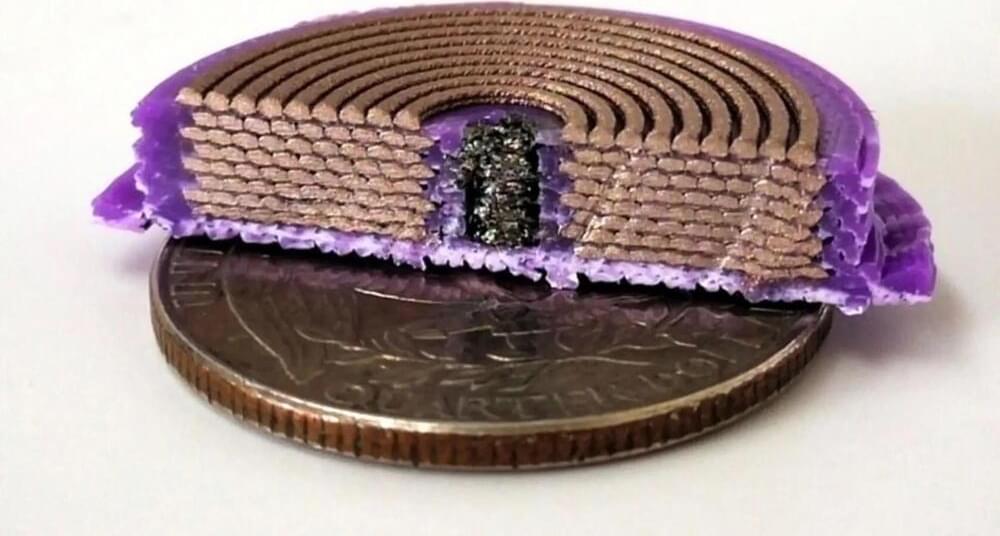
In a vacuum like space, the speed of light is just over 186,280 miles per second. Scientists have now shown it’s possible to slow it down to zero miles per second without sacrificing its brightness, regardless of its frequency or bandwidth.
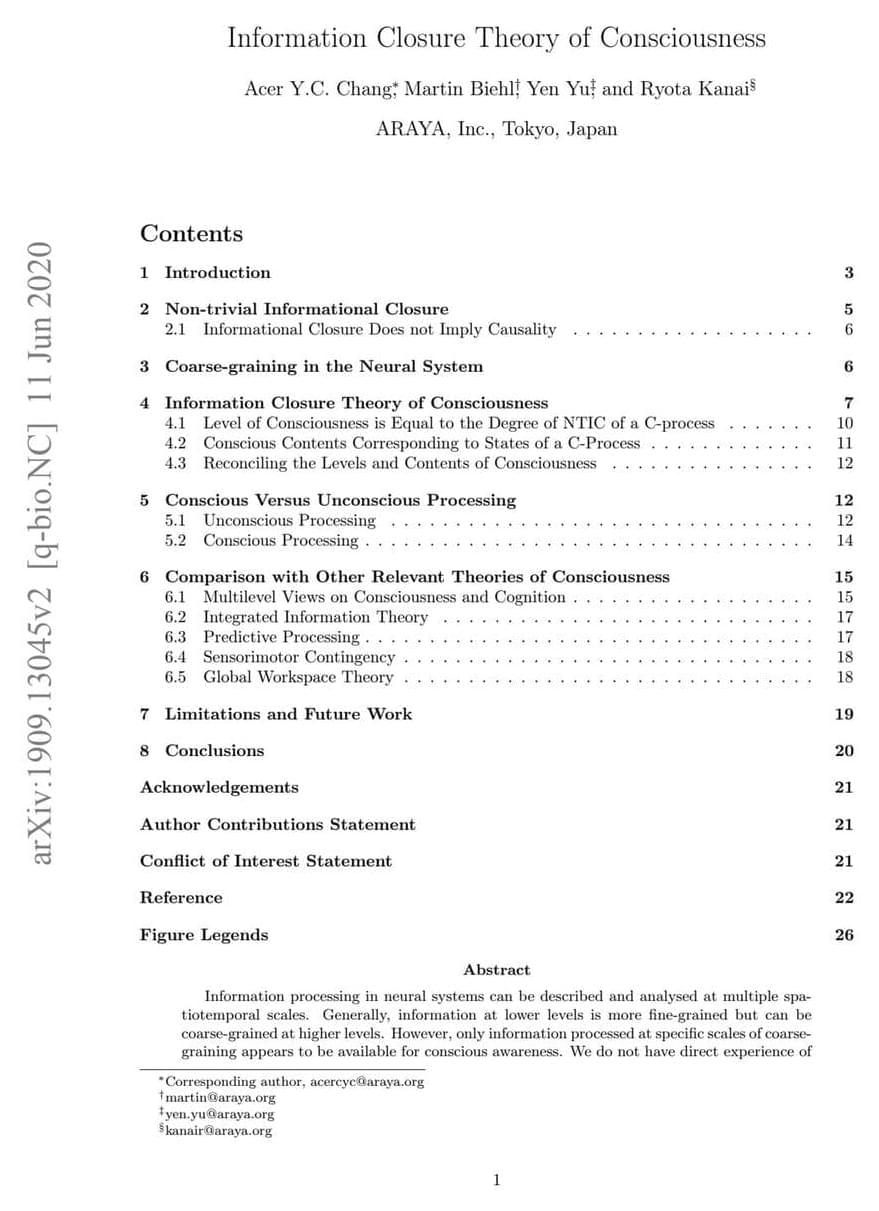
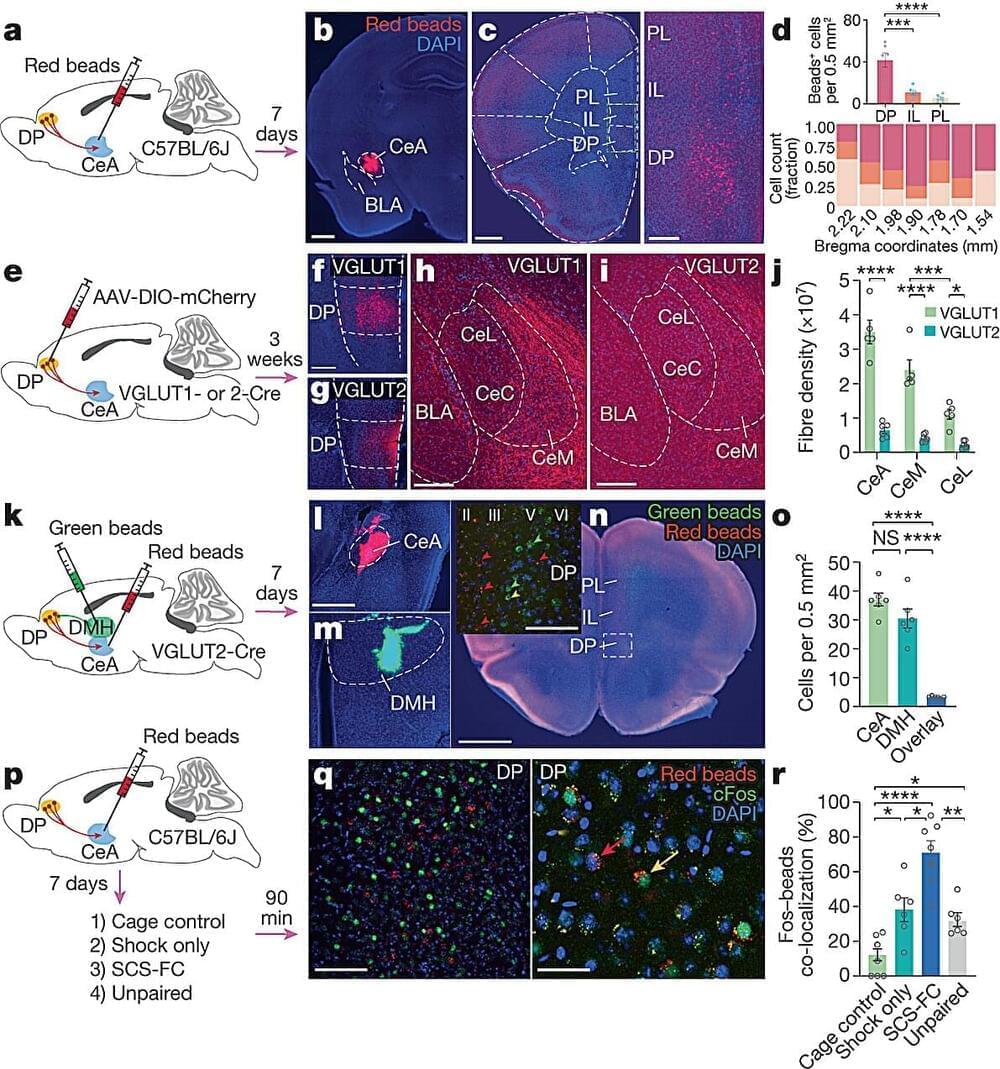
Survival requires the selection of appropriate behaviour in response to threats, and dysregulated defensive reactions are associated with psychiatric illnesses such as post-traumatic stress and panic disorder.
Scientists have discovered a new neural pathway involved in how the brain encodes the transition to high-intensity fear response behaviors that are necessary for survival, according to a recent study published in Nature.
Jones Parker, Ph.D., assistant professor of Neuroscience, of Pharmacology and of Psychiatry and Behavioral Sciences, was a co-author of the study.
In mammals, the amygdala is involved in generating survival responses and transitioning to different high-intensity fear behaviors such as freezing or immobility (avoidance behavior) to escaping (flight behavior) in response to perceived threats.
A genetic marker linked to premature aging was reversed in children with obesity during a six-month diet and exercise program, according to a recent study led by the Stanford School of Medicine.
Children’s telomeres — protective molecular “caps” on the chromosomes — were longer during the weight management program, then were shorter again in the year after the program ended, the study found. The research was published last month in Pediatric Obesity.
Like the solid segment at the end of a shoelace, telomeres protect the ends of chromosomes from fraying. In all people, telomeres gradually shorten with aging. Various conditions, including obesity, cause premature shortening of the telomeres.
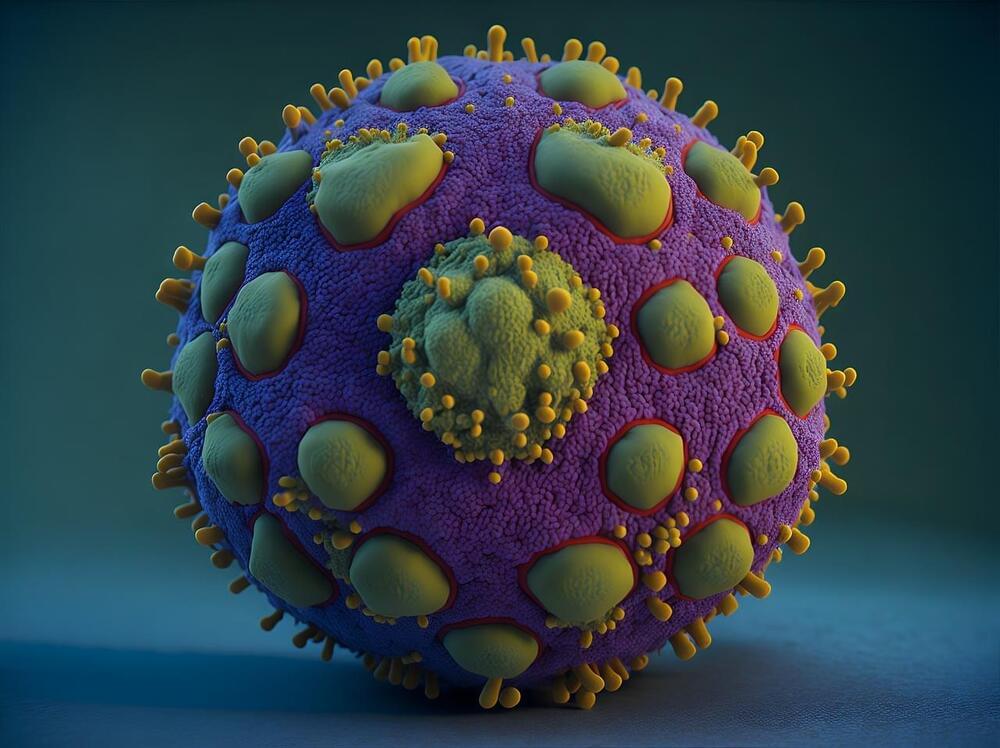
Autoimmune disease occurs from the body’s immune system attacking its healthy cells. Unfortunately, the mechanism that would normally prevent autoimmunity is not present in some individuals. T cells are the immune cell population responsible for killing or lysing invading pathogens. In the context of autoimmunity, T cells attack and lyse healthy cells. The thymus gland educates or prepares T cells to become activated and target foreign pathogens. T cells are exposed to different molecules and surface markers which further train these cells on how to respond when they come into contact with foreign markers. Autoimmune disorders are rare and can often be detected in children. However, there are limited treatment options, and a cure has not been found. Researchers are currently working to better treat autoimmune disorders and improve the quality of life in patients.
A recent article published in Nature, by a team led by Dr. Thomas Korn, reported a previously unknown mechanism underlying autoimmune disease. Korn is a Professor of Experimental Nueroimmunology at the Technical University of Munich (TUM) and Principal Investigator at the Maximilian University of Munich (LMU). His lab focuses on T cell biology and the underlying mechanisms of autoimmune disorders. Korn and others demonstrated that another immune cell population, B cells, aid in T cell education in the thymus gland. Korn and others point out that B cells are part of T cell development and play a critical role in autoimmune disorder.
Researchers used both animal models and human tissue samples to conduct their research to investigate T cell development. The autoimmune disorder Korn and his team used as a model is known as neuromyelitis optica, which is similar to multiple sclerosis (MS). Researchers chose this specific model due to the well-known fact that T cells respond to the protein AQP4 in this autoimmune disorder. Interestingly, AQP4 is highly expressed in the nervous system, which becomes the target of autoimmunity. Researchers discovered that B cells also express AQP4, which present this protein to the T cells in the thymus. Interestingly, if the B cells did not express AQP4, then T cells would not become reactive to the surface protein and target healthy nervous system cells. Epithelial cells also expressed the AQP4 protein and resulted in the same autoimmune reaction. However, B cells were found to significantly impact T cell development compared to other cells in the thymus.
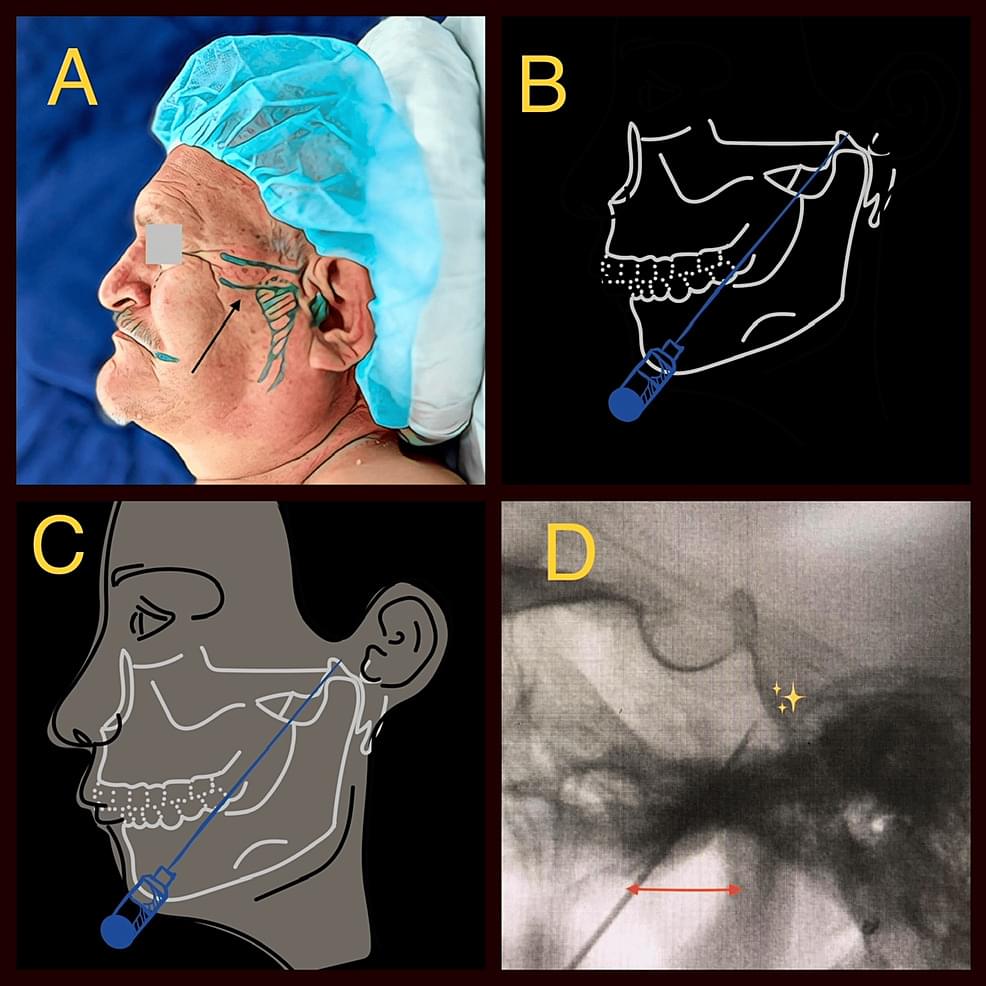
Objectives: Trigeminal neuralgia (TN) represents one of the most powerful manifestations of neuropathic pain. The diagnostic criteria, as well as its therapeutic modalities, stand firmly established. The percutaneous radiofrequency thermorhizotomy of the gasserian ganglion and posterior root of the trigeminal nerve stands as a widely employed procedure in this context. In this retrospective observational investigation, we undertake a comparative analysis of patients subjected to treatment employing continuous radiofrequency (C-rF) versus pulsed radiofrequency (P-rF).
Materials and methods: A cohort of 128 patients afflicted with essential neuralgia of the trigeminal nerve, all under the care of the distinguished author (JCA), underwent percutaneous radiofrequency thermorhizotomy between the years 2005 and 2022. They were stratified into two cohorts: Group 1 encompassed 76 patients treated with C-rF, while Group 2 comprised 52 patients subjected to P-rF intervention. All participants met the stringent inclusion and exclusion criteria for TN, with a notable concentration in the V2 and V3 territories accounting for 60% and 45%, respectively. The post-procedural follow-up period exhibited uniformity, spanning from six months to 16 years. Preceding the intervention, all patients uniformly reported a visual analog scale (VAS) score surpassing 6/10. Additionally, everyone had been undergoing pharmacological management, involving a combination of antineuropathic agents and low-potency opioids.
Results: The evaluation of clinical improvement was conducted across three temporal domains: the immediate short-term (less than 30 days), the intermediate-term (less than one year), and the prolonged-term (exceeding one year). In the short term, a noteworthy alleviation of pain, surpassing the 50% threshold, was evident in most patients (94%), a similarity observed in both cohorts (98% in Group 1 and 90% in Group 2). The VAS revealed an average rating of 3/10 for Group 1 and 2/10 for Group 2. Moving to the intermediate term, more than 50% improvement in pain was registered in 89% of patients (92% in Group 1 and 86% in Group 2). The mean VAS score stood at 3.5÷10, marginally higher in Group 2 at 4/10 compared to 3/10 in Group 1. In the final assessment, a 50% or greater reduction in pain was reported by 75% of patients, with no discernible disparity between the two cohorts. Among the cohort, 18 individuals necessitated a subsequent percutaneous intervention (10 in Group 1 and eight in Group 2), while microvascular decompression was performed on six patients (equitably distributed between the two groups), and radiosurgery was administered to three patients in Group 1.